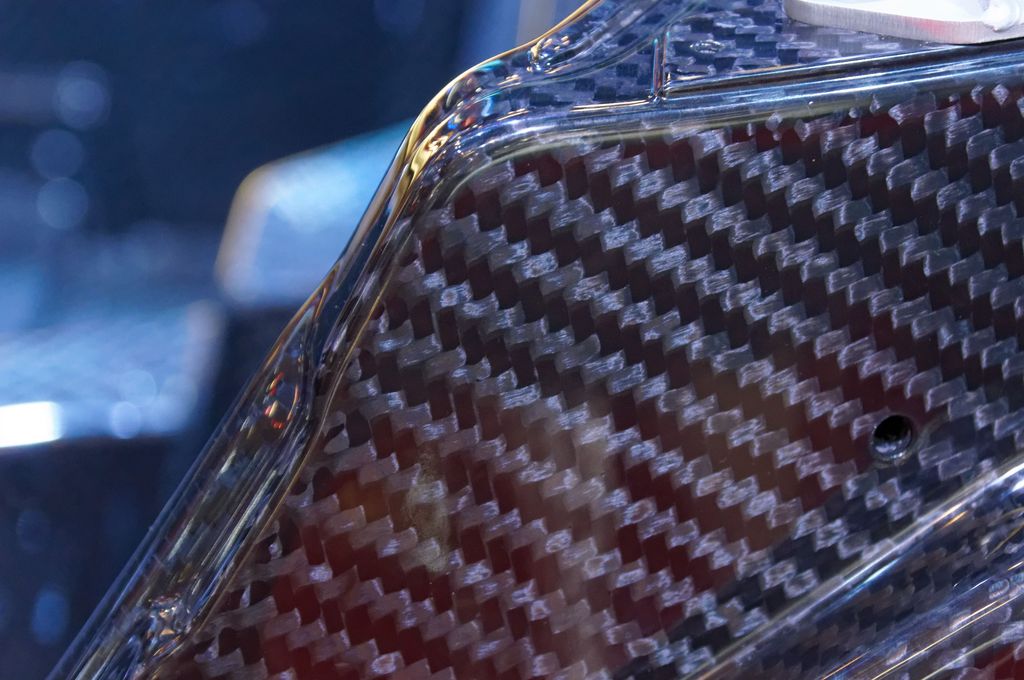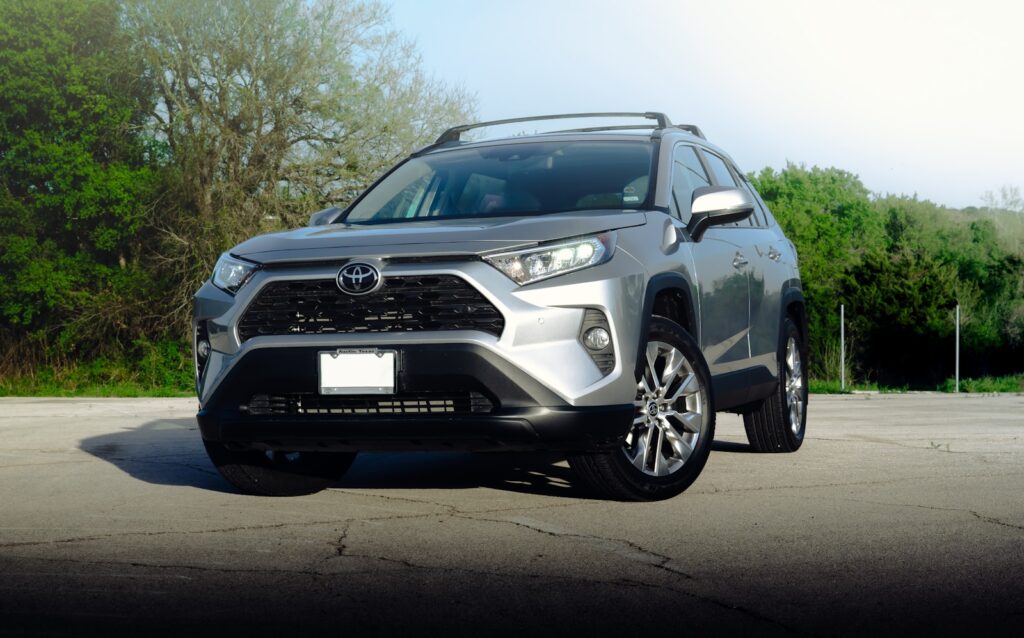
The world of automotive engineering is a relentless pursuit of the new, the lighter, and the more efficient. Yet, amidst this constant evolution, one automotive giant, Toyota, stands out with a philosophy that often looks to the past to power the future. Renowned for crafting some of the most impressive engines ever – legendary for their indestructibility, smooth power delivery, fuel efficiency, and excellent tunability – Toyota has built an enviable reputation globally. Iconic examples like the 2JZ-GTE, which propelled the mighty A80 Toyota Supra, and the UZ-series V8s, first seen in the Lexus LS400, are testaments to this engineering prowess.
While many automakers have either slowed down or entirely halted new internal combustion engine (ICE) development to pivot towards electric vehicles (EVs), Toyota has charted a different, more nuanced course. The company is actively doubling down on advanced fuel-efficient hybrid powertrains, pioneering hydrogen fuel cells, and even developing game-changing liquid hydrogen engines. This strategic approach, particularly the extension of ICE life through sophisticated hybrids, is proving incredibly astute as the EV market experiences a slowdown and competition intensifies. It’s a move that recognizes the present desires of consumers not yet ready for a full EV transition, offering a bridge built on reliability and proven technology.
This unique stance raises a compelling question: why does Toyota, a beacon of innovation, continue to find immense value in principles and even specific designs that have stood the test of time, sometimes for decades? It’s not a resistance to progress, but rather a profound understanding of foundational engineering excellence. This deep dive will explore 14 critical reasons why proven engine designs, embodying engineering masterstrokes from the past, continue to be a powerhouse, informing and even directly powering Toyota’s latest and most anticipated models, demonstrating that in the right hands, legacy isn’t just history – it’s horsepower.

1. **Engineering Ahead of Its Time: The Unseen Future-Proofing**Some engine designs are born not just for their era, but for decades to come. This category of engineering is characterized by foresight, robust foundational principles, and an understanding of potential future demands that transcend immediate requirements. It’s about creating a core architecture so sound that subsequent advancements struggle to fully replace it, instead often seeking to refine or integrate with it.
This inherent future-proofing means that an engine doesn’t need constant reinvention. Instead, it becomes a durable canvas upon which new technologies, like advanced fuel injection systems or sophisticated hybrid integrations, can be layered. This approach allows Toyota to leverage the proven reliability of a base design while simultaneously incorporating cutting-edge innovations to meet modern standards for emissions and efficiency.
Such designs become benchmarks, not because they are “old,” but because their initial conception was exceptionally forward-thinking. They represent an investment in enduring quality, ensuring that the fundamental heart of the vehicle can adapt and excel even as the automotive landscape shifts around it, a testament to timeless engineering.
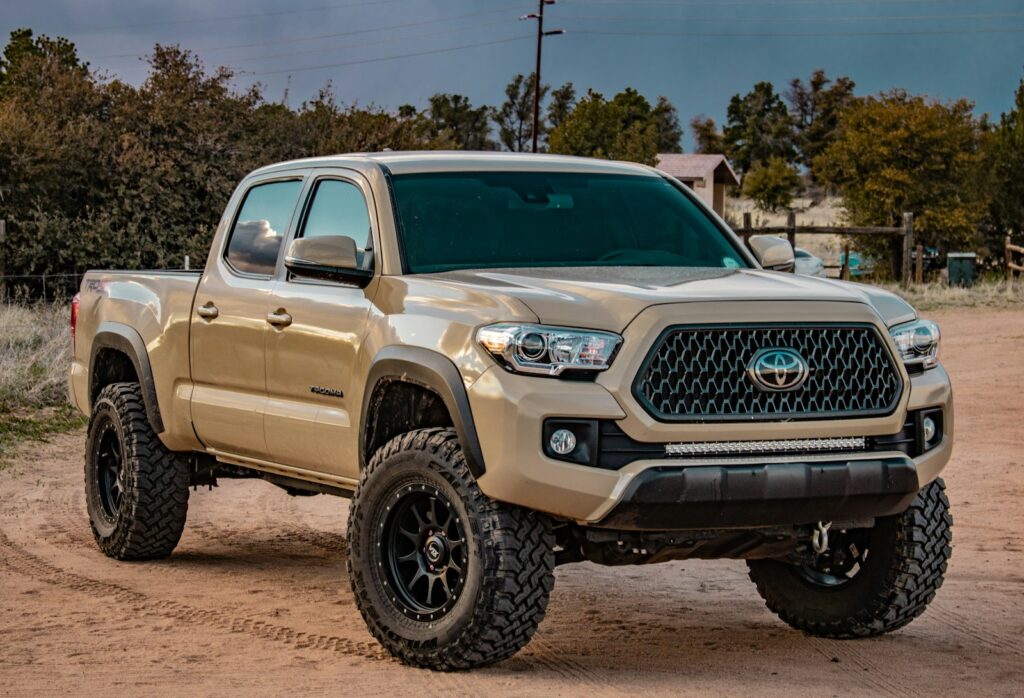
2. **Overbuilt Internals for Unmatched Strength: The Foundation of Durability**A hallmark of many legendary engine designs, including Toyota’s own 2JZ-GTE, is the concept of “overbuilt internals.” This isn’t about unnecessary bulk; it’s about engineering components with a margin of strength and durability that far exceeds their original factory power ratings. The 2JZ-GTE, for instance, became legendary partly due to its “iron block and overbuilt internals,” proving its resilience in both street and professional racing environments.
This meticulous construction often involves thicker cylinder walls, stronger connecting rods, robust crankshafts, and larger bearings. These elements create an engine block and internal components capable of withstanding immense stress, heat, and rotational forces far beyond typical operation. Such a design philosophy provides an inherent robustness that prevents premature wear and component failure, even under aggressive driving conditions or the strains of high-mileage use.
For Toyota, embracing this principle means delivering vehicles that not only perform reliably on day one but continue to do so for hundreds of thousands of miles. It’s a commitment to longevity that reduces maintenance costs and enhances resale value, providing a tangible benefit to consumers and reinforcing Toyota’s reputation for indestructible vehicles. This strength serves as the bedrock upon which trust is built, ensuring that the engine remains sound even when pushed.

3. **Exceptional Tunability and Performance Potential: A Playground for Power**Beyond mere durability, over-engineered engines often possess another remarkable quality: exceptional tunability. The inherent strength and generous design margins of these foundational designs provide a solid platform for significant performance enhancements. Tuners quickly discovered, for example, that the 2JZ-GTE, with just a few modifications, could effortlessly handle over 1,000 horsepower – a feat many modern engines struggle to achieve without extensive and costly reinforcement.
This capacity for modification and power upgrades extends the life and relevance of an engine design far beyond its original factory specifications. It allows enthusiasts and specialized performance divisions to extract far greater output, adapting the engine to evolving performance demands or specialized applications, such as racing. The robust construction ensures that the core engine can withstand these increased pressures without compromising integrity.
For Toyota, this principle means that even if a base engine design is several years old, its underlying architecture can be continuously refined and boosted. This not only fuels a vibrant aftermarket community but also enables Toyota’s own performance divisions, like GR, to push boundaries, developing high-horsepower variants of existing platforms, as evidenced by the 2.0-liter G20E in the GR Yaris M concept, rumored to reach up to 600 horsepower.
Car Model Information: 2024 Toyota Supra 3.0 Premium
Name: Toyota Supra
Caption: Toyota GR Supra (J29/DB)
Manufacturer: Toyota
Aka: unbulleted list
Production: unbulleted list
Class: Sports car
BodyStyle: fastback,coupé
Layout: Front-engine, rear-wheel-drive layout
Predecessor: Toyota Celica (A20)
Categories: 1980s cars, 1990s cars, 2000s cars, 2010s cars, 2020s cars
Summary: The Toyota Supra (Japanese: トヨタ・スープラ, Hepburn: Toyota Sūpura) is a sports car and grand tourer manufactured and developed by the Toyota Motor Corporation beginning in 1978. The name “supra” is a definition from the Latin prefix, meaning “above”, “to surpass” or “go beyond”.
The initial four generations of the Supra were produced from 1978 to 2002. The fifth generation has been produced since March 2019 and later went on sale in May 2019. The styling of the original Supra was derived from the Toyota Celica, but it was longer. Starting in mid-1986, the A70 Supra became a separate model from the Celica. In turn, Toyota also stopped using the prefix Celica and named the car Supra. Owing to the similarity and past of the Celica’s name, it is frequently mistaken for the Supra, and vice versa. The first, second and third generations of the Supra were assembled at the Tahara plant in Tahara, Aichi, while the fourth generation was assembled at the Motomachi plant in Toyota City. The 5th generation of the Supra is assembled alongside the G29 BMW Z4 in Graz, Austria by Magna Steyr.
The Supra traces much of its roots back to the 2000GT owing to an inline-6 layout. The first three generations were offered with a direct descendant to the Crown’s and 2000GT’s M engine. Interior aspects were also similar, as was the chassis code “A”. Along with this name, Toyota also included its own logo for the Supra. It was derived from the original Celica logo, being blue instead of orange. This logo was used until January 1986, when the A70 Supra was introduced. The new logo was similar in size, with orange writing on a red background, but without the dragon design. That logo, in turn, was on Supras until 1991 when Toyota switched to its current oval company logo. The dragon logo was a Celica logo regardless of what colour it was. It appeared on the first two generations of the Supra because they were officially Toyota Celicas. The dragon logo was used for the Celica line until it was also discontinued.
In 1998, Toyota ceased sales of the fourth-generation Supra in the United States. Production of the fourth-generation Supra for worldwide markets ended in 2002. In January 2019, the fifth-generation Supra, which was co-developed with the G29 BMW Z4, was introduced.
Get more information about: Toyota Supra
Buying a high-performing used car >>>
Brand: Toyota Model: Supra
Price: $59,995 Mileage: 1,454 mi.
4. **Prioritizing Durability Over Fleeting Newness: A Long-Term Vision**In the contemporary automotive landscape, there’s a constant drive to introduce newer, lighter, and incrementally more fuel-efficient engines. However, this pursuit often comes with a trade-off: a sacrifice of durability and tunability in favor of emissions compliance and immediate cost savings. Older engine designs, conversely, were often “over-engineered,” built with a long-term perspective where resilience was paramount.
Toyota’s continued reliance on proven designs reflects a commitment to this long-term vision. Instead of chasing marginal efficiency gains that might compromise an engine’s lifespan or its ability to be maintained over time, Toyota often opts for robust, established architectures. This strategy ensures that vehicles remain reliable and perform consistently throughout their ownership cycle, a crucial factor for many buyers.
This prioritization isn’t about being behind the curve; it’s about strategic prudence. It acknowledges that while cutting-edge technology is exciting, foundational reliability is what truly builds brand loyalty and customer satisfaction. By emphasizing enduring quality, Toyota reinforces its reputation for vehicles that are not only initially appealing but also remain dependable companions for years to come, differentiating itself in a market obsessed with the latest iteration.
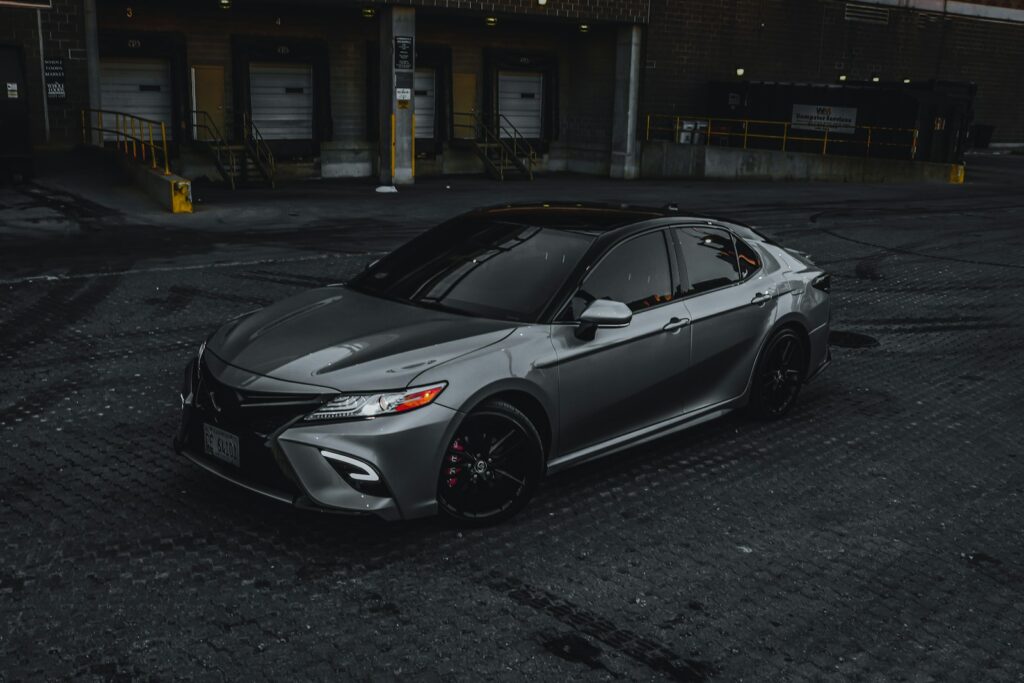
5. **Optimal Materials and Tolerances for Longevity: Precision Engineering at its Core**The secret to an engine’s extended life and its ability to perform beyond original expectations lies deeply in the choice of materials and the precision of its manufacturing tolerances. Engines “built with materials and tolerances that allow them to be pushed far beyond their original specifications” are inherently designed for extreme durability. This involves selecting high-strength alloys for critical components and machining parts to incredibly tight clearances.
These stringent material specifications and manufacturing precision minimize wear and tear, reduce internal friction, and ensure components operate harmoniously even under significant stress or high mileage. For example, the precise fit of pistons within cylinders, the robust composition of valve springs, or the strength of camshafts all contribute to an engine’s capacity for sustained, reliable operation.
This meticulous attention to detail in material science and engineering tolerances is a cornerstone of Toyota’s design philosophy. It means that an engine’s core integrity is maintained even as it ages, resisting the degradation that can plague less robustly constructed powertrains. This commitment to underlying quality is a key reason why Toyota vehicles maintain their legendary reliability, allowing various proven engine designs to continue performing exceptionally for extended periods.
Read more about: Understanding Longevity: A Consumer Report on 10 SUVs Built to Last a Lifetime

6. **Proven Strength and Reliability Under Duress: The Unassailable Track Record**In the intricate world of engine design, theoretical models and lab tests can only go so far. The true measure of an engine’s worth is its performance and reliability when subjected to the rigors of real-world conditions, particularly under duress. The context highlights that some engines “have already proven their strength, reliability, and performance under extreme conditions,” a track record that instills unparalleled confidence.
This isn’t merely about surviving a short-term stress test; it’s about consistent, predictable operation across millions of miles, diverse climates, and varied driving styles. An engine that has demonstrated its robustness over years, powering vehicles through heavy loads, extreme temperatures, and countless ignition cycles, offers an immense advantage over a newly developed, unproven design. Its weaknesses, if any, have long been identified and addressed.
For Toyota, leveraging these proven designs reduces risk and ensures a consistent quality experience for the customer. It means that whether it’s a 2.5-liter hybrid system found in both the Crown Signia and Highlander Hybrid, or the mild-hybrid 2.8-liter diesel in the upcoming Hilux (an engine “already available in the outgoing model”), the underlying technology has an established history of dependability. This verifiable reliability under varied conditions is a cornerstone of Toyota’s market appeal and a key reason why proven engine designs continue to find their place in new models.

7. **Delivering Performance in Extreme Conditions: Validation by Motorsports**The ultimate proving ground for any engine design is often the unforgiving world of professional motorsports. Here, engines are pushed to their absolute limits, subjected to relentless full-throttle abuse, extreme heat cycles, and sustained high RPMs. It’s telling that “even in professional racing, teams often prefer older engine architectures, modifying them with modern components rather than switching to unproven newer designs.” This preference is a powerful validation of their fundamental soundness.
NASCAR’s V8s, NHRA’s drag monsters, and many endurance racing teams continue to rely on engine blocks and designs that are decades old. Their reasoning is straightforward: these engines have already demonstrated their inherent strength, reliability, and consistent performance under the most grueling conditions imaginable. It’s not about being archaic; it’s about building on a known, robust foundation that can be enhanced with modern technology.
For Toyota, this reflects a deep-seated appreciation for designs that can truly deliver when it matters most. While not all Toyota models are destined for the race track, the principles validated in motorsports — the ability to maintain power output, resist failure, and provide consistent operation under extreme duress — are directly transferable to the demands of everyday driving and the expectations of longevity. It underscores that foundational engineering excellence translates across contexts, from the pinnacle of racing to the daily commute, ensuring that a truly great engine design is versatile enough for any challenge.

8. **Cost-Efficiency in Research & Development: The Strategic Savings**Developing a brand-new internal combustion engine from the ground up is an astronomical undertaking, demanding billions in investment and countless hours of engineering expertise. It involves iterative design, extensive prototyping, rigorous testing, and the establishment of entirely new supply chains—a process that is both time-consuming and financially exhaustive. For many automakers, the immense cost associated with such endeavors is increasingly hard to justify, especially as the industry navigates a complex transition towards electrification.
Toyota’s calculated decision to evolve and integrate proven engine designs, rather than constantly reinventing the wheel, offers a significant strategic advantage in terms of cost-efficiency. By building upon existing, well-understood architectures, the company can channel its substantial research and development resources more effectively. These resources can then be directed towards refining performance, enhancing fuel efficiency, or, crucially, innovating in emerging areas like advanced hybrid powertrains, hydrogen fuel cells, and liquid hydrogen engines, which are areas where Toyota is actively doubling down.
This approach doesn’t signify a lack of innovation; rather, it’s a smart allocation of capital. It allows Toyota to introduce new models with familiar, dependable powertrains while simultaneously investing in the technologies that will define the next era of mobility. The savings generated from not perpetually redesigning foundational ICE components can be reinvested into cutting-edge electrification and alternative fuel research, ensuring Toyota maintains a leading edge across a diverse portfolio of future-oriented solutions.
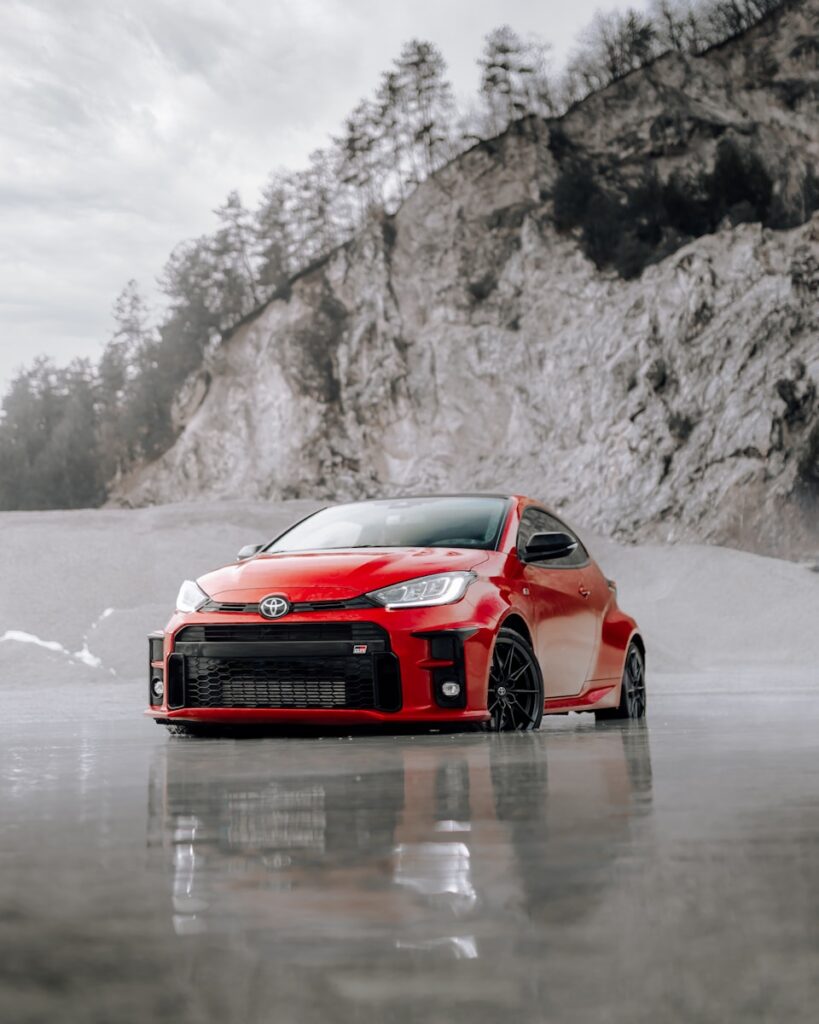
9. **Simplified Manufacturing and Supply Chains: The Production Advantage**Beyond the initial R&D savings, leveraging established engine designs brings profound efficiencies to the manufacturing process itself. When an engine architecture has been in production for years, or even decades, the kinks have been worked out, the production lines are optimized, and the global supply chains are deeply entrenched and reliable. This mature ecosystem offers a significant advantage over the complexities of setting up entirely new manufacturing processes for a novel engine.
For Toyota, this means a consistent level of quality and precision in engine assembly, reducing the likelihood of production delays or costly manufacturing defects. The existing tooling, machinery, and trained workforce are already in place, capable of producing these engines with high efficiency and consistent output. This translates directly into more streamlined operations, predictable production schedules, and ultimately, lower manufacturing costs per unit.
Furthermore, the long-standing relationships with suppliers for components that have been refined over time contribute to stability and cost predictability. These established supply chains are less susceptible to the volatility and unforeseen challenges that often accompany the sourcing of parts for a completely new design. This operational prudence allows Toyota to maintain competitive pricing and robust profit margins, even as it delivers vehicles powered by increasingly sophisticated hybrid technologies.
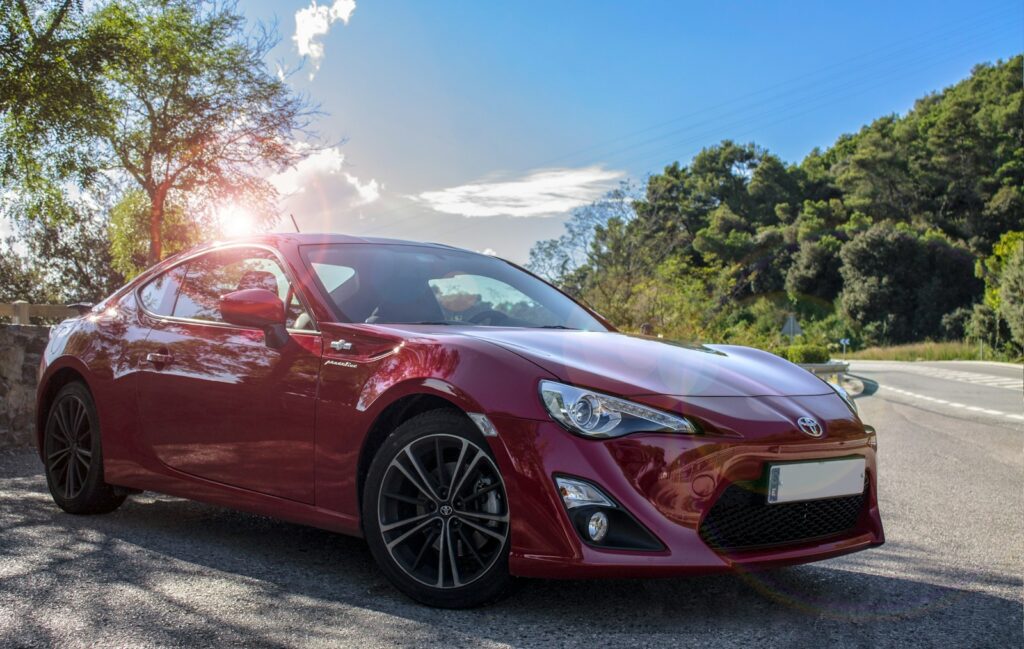
10. **Unparalleled Adaptability to Diverse Fuels and Layouts: Global Versatility**A truly great engine design transcends its initial application, possessing an inherent versatility that allows it to adapt to myriad demands. This adaptability is a cornerstone of Toyota’s strategy, particularly for its next-generation engines. The context explicitly states that new units will be “designed to support both transverse and longitudinal layouts,” enabling their deployment across front, rear, and all-wheel-drive applications in a wide variety of body styles, including front, rear, and mid-engine configurations.
This remarkable flexibility means that a core engine architecture can serve as the heart of everything from a compact sedan to a robust SUV or a performance-oriented sports car. This commonality across platforms streamlines engineering efforts, reduces component diversity, and allows for economies of scale in production. It’s a testament to foundational design principles that prioritize modularity and broad utility.
Crucially, this adaptability extends beyond mere physical fitment to fuel versatility. The upcoming engines are also “designed to run on regular fuel as well as biofuels, synthetic fuels, and flex-fuels.” In a world increasingly conscious of carbon emissions and seeking alternatives to traditional gasoline, this multi-fuel capability future-proofs the internal combustion engine. It demonstrates Toyota’s foresight in ensuring that its powertrains remain relevant and environmentally responsible, offering solutions that cater to diverse global regulations and evolving consumer preferences while maintaining peak performance and efficiency.
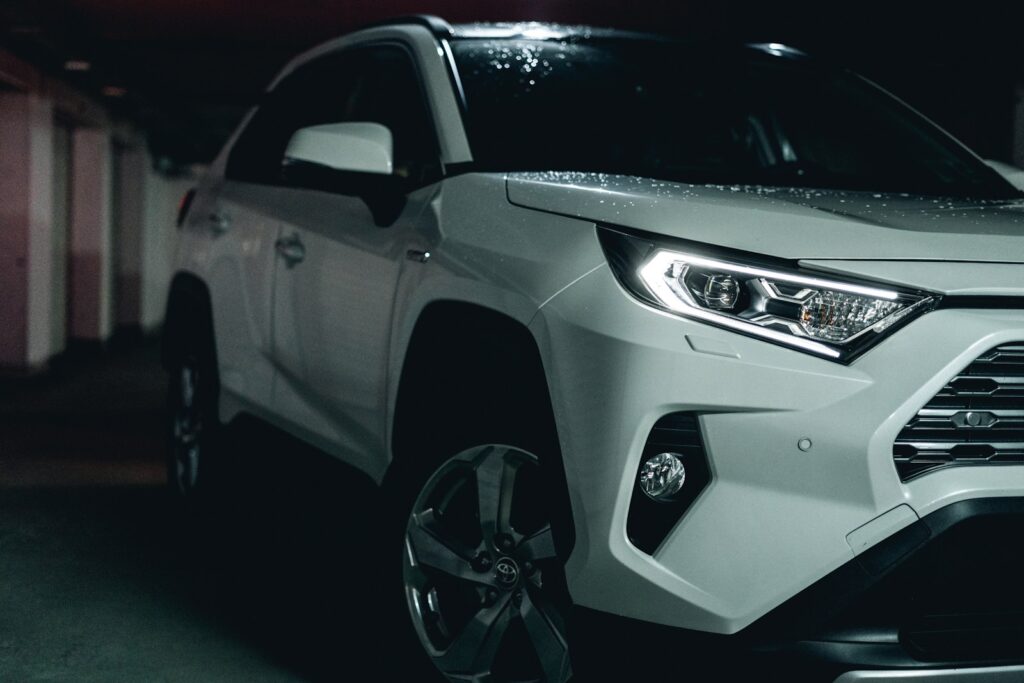
11. **Seamless Integration with Advanced Hybrid Systems: The Power of Synergy**Toyota has long been a pioneer in hybrid technology, and its strategic direction clearly indicates a doubling down on advanced, fuel-efficient hybrid powertrains. This commitment makes the continued reliance on robust, proven internal combustion engine designs not a contradiction, but a foundational necessity. These engines are explicitly “likely being developed with hybrid integration in mind,” serving as the perfect complements to electric motors, battery packs, and sophisticated transmissions.
Integrating a well-understood, reliable engine into a complex hybrid system significantly simplifies the engineering challenge. The predictable performance characteristics, known durability, and established maintenance profiles of these ICE units provide a stable base upon which to layer cutting-edge electric components. This allows engineers to focus their innovation on optimizing the hybrid synergy — the seamless interplay between gasoline and electric power — rather than simultaneously grappling with an entirely new engine design.
Each automaker partnering with Toyota is “expected to implement its own unique hybrid system,” highlighting the modularity and inherent adaptability of the underlying engine architecture. This modularity not only fosters innovation but also allows for tailored hybrid solutions that meet specific market demands or performance objectives. It ensures that Toyota’s hybrid offerings, such as the 2.5-liter hybrid system found in the Crown Signia and Highlander Hybrid, benefit from a harmonious blend of established ICE reliability and advanced electrification, leading to impressive fuel efficiency and system output.

12. **Strategic Response to Evolving Emissions Standards: A Hybrid Solution**The automotive industry faces an unyielding pressure to meet increasingly stringent global emissions regulations. While developing entirely new, ultra-low-emission internal combustion engines is one path, Toyota has embraced a more pragmatic and often more effective strategy: leveraging the power of hybridization. By coupling proven engine designs with advanced electric motors and battery technology, Toyota effectively “extends the life of ICE through advanced hybrids.”
This approach allows existing, robust engine architectures to achieve modern emissions targets that might be unattainable for a standalone ICE without significant, costly, and potentially durability-compromising redesigns. The electric component of the hybrid system can handle low-speed driving, start-stop functions, and assist during acceleration, reducing the workload on the gasoline engine and thereby lowering overall emissions and improving fuel economy. For instance, the Crown Signia, using the same 2.5-liter hybrid system as the Highlander, achieves superior MPG partly due to its lighter weight and streamlined body.
Toyota’s foresight in this area is proving particularly astute as the electric vehicle market experiences a slowdown. This strategic path offers a compelling bridge for consumers not yet ready for a full EV transition, providing them with vehicles that deliver excellent fuel efficiency and reduced emissions through proven, reliable technology. It’s a sophisticated answer to environmental challenges that optimizes existing assets while paving the way for future electrification, showcasing adaptability that many rivals are struggling to match.
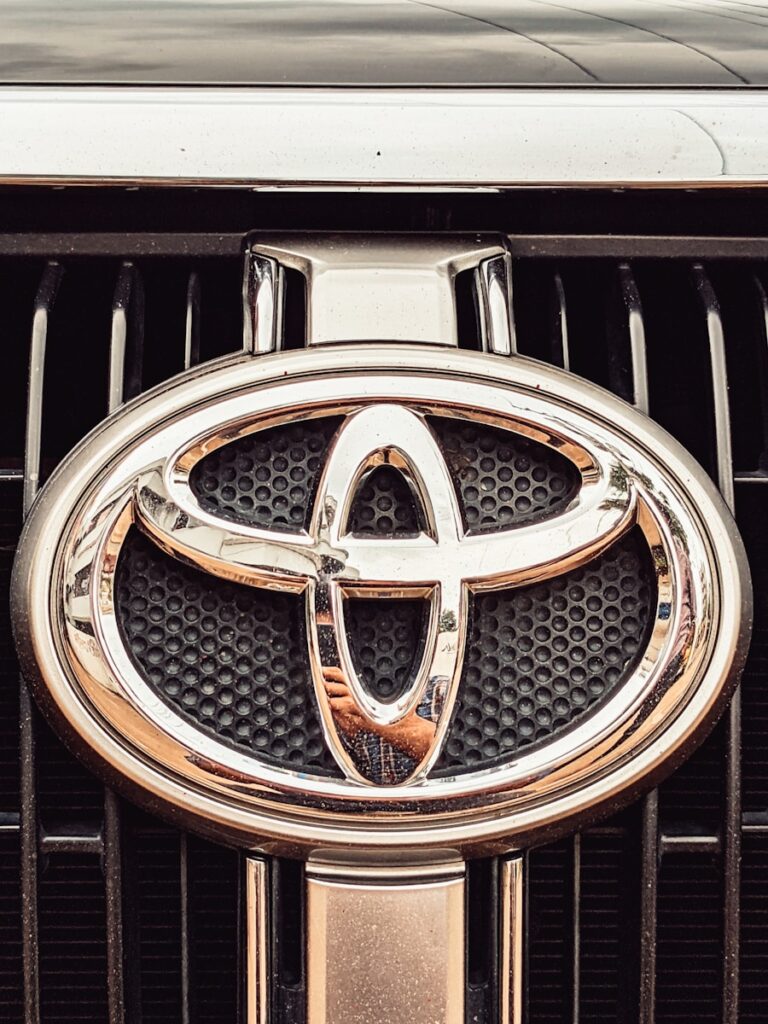
13. **Reinforcing Brand Trust and Market Position: A Legacy of Reliability**Toyota’s reputation for building indestructible vehicles with legendary reliability is not merely a marketing slogan; it’s a legacy forged over decades, largely on the back of its remarkably durable engine designs. In a market often swayed by the allure of the newest gimmick or the flashiest technology, Toyota’s unwavering commitment to foundational quality stands out as a powerful differentiator. This strategic choice to continue utilizing and refining proven engines directly reinforces that deeply ingrained consumer trust.
The context highlights that proven designs have “already proven their strength, reliability, and performance under extreme conditions,” establishing an “unassailable track record.” This verifiable dependability across millions of miles and diverse conditions is a cornerstone of Toyota’s market appeal. It assures customers that when they purchase a Toyota, they are investing in a vehicle that is built to last, reducing concerns about unexpected breakdowns or premature component failure.
This focus on long-term reliability and value is especially pertinent as the EV market faces its current slowdown and competition intensifies. Consumers are increasingly valuing practical benefits, longevity, and predictable ownership costs. By prioritizing durability over fleeting novelty, Toyota not only meets these desires but also strengthens its already formidable brand equity, ensuring that its vehicles remain a preferred choice for those seeking a dependable companion for years to come. This positions Toyota as a pragmatic leader, offering solutions that genuinely meet consumer needs now and in the future.
Read more about: The Gears of Time: Unearthing 14 Criminally Underrated Rides That Deserve Their Moment in the Sun
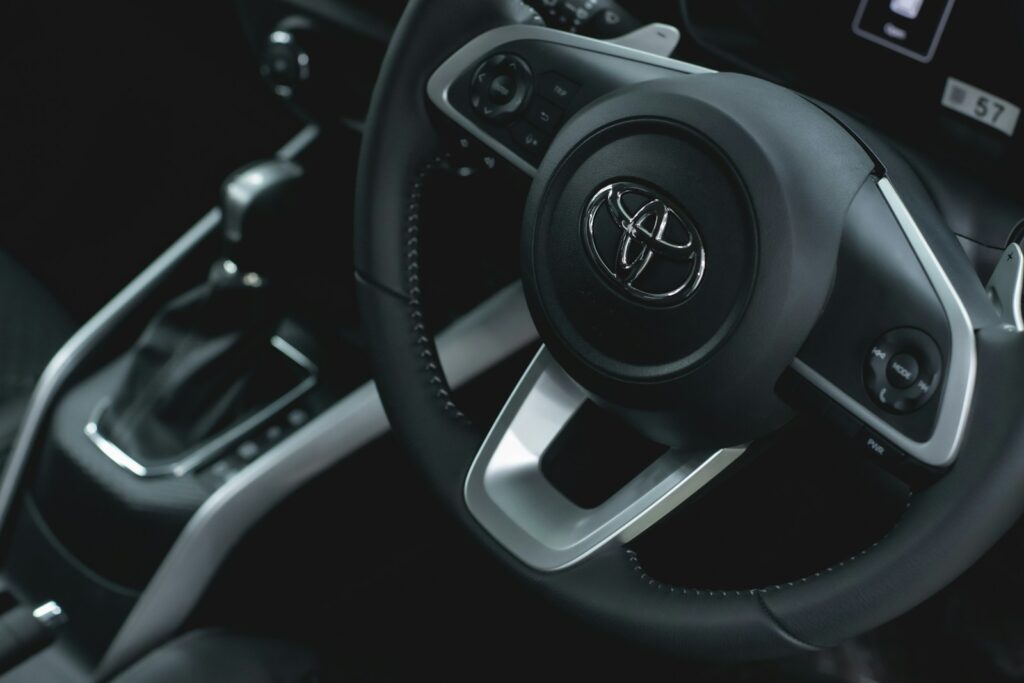
14. **Fueling a Vibrant Aftermarket and Performance Enthusiast Engagement: The Tuner’s Dream**Beyond the practical benefits for everyday drivers, the inherent robustness and exceptional tunability of many older engine designs cultivate a passionate community of performance enthusiasts and aftermarket tuners. Engines like the 2JZ-GTE became legendary precisely because their “overbuilt internals” and generous design margins allowed them to be pushed “far beyond their original specifications,” often handling over 1,000 horsepower with relatively modest modifications.
This characteristic isn’t merely a nostalgic nod to the past; it’s a strategic advantage that extends the cultural and performance relevance of an engine design for decades. Toyota’s next-generation engines are explicitly designed with this in mind. The context notes that their powerful, versatile, and reliable nature is “great news for tuners,” hinting at the potential for exciting performance derivatives and bespoke projects. The rumored 2.0-liter G20E engine, capable of reaching up to 600 horsepower, clearly targets this high-performance segment.
By designing engines that are not only reliable but also highly adaptable for modification, Toyota fosters a vibrant ecosystem around its vehicles. This engagement from the aftermarket and performance community not only provides significant data and feedback for future design iterations but also keeps the brand’s performance heritage alive and thriving. It proves that in the right hands, legacy isn’t just history – it’s horsepower, ensuring that Toyota remains a dynamic and respected name among enthusiasts worldwide, even as the automotive landscape continues its rapid evolution.
Toyota’s decision to deeply integrate proven engine designs into its contemporary models is a masterclass in strategic engineering and market positioning. It’s a testament to the idea that true innovation isn’t solely about discarding the old for the new, but about intelligently evolving foundational excellence. By marrying legendary durability and tunability with cutting-edge hybrid technologies and multi-fuel adaptability, Toyota is not just extending the life of the internal combustion engine; it’s redefining its role for the future. This thoughtful, long-term approach ensures that while the automotive world races towards new horizons, Toyota continues to build on a bedrock of trusted performance and undeniable reliability, delivering vehicles that are as resilient as they are advanced. The future, it seems, is built on a very solid past.”

